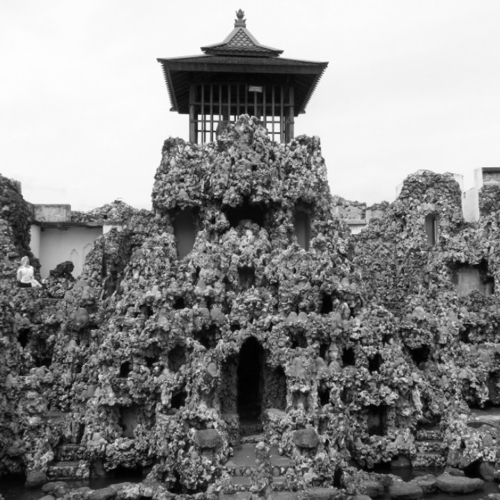Research & Article

Forgotten Heritage: Ancient Royal Gardens in Southeast Asia
By Navanath Osiri
Published on 27 May 2024
Conservation and Restoration of Archaeological Sites, Heritage Conservation and Preservation
Location of original sources
NAJUA: HISTORY OF ARCHITECTURE AND THAI ARCHITECTURE, Vol. 19 No. 2 (2022): July - December 2022
Ancient royal gardens are considered as historic gardens—one of the oldest cultural heritages of mankind. They maintained a high level of artistic and design value and reflected human attitudes towards nature in past eras. These gardens represented symbols of sovereignty and life at royal court.
The study of historic gardens in Southeast Asia is extremely limited and has not received as much attention from scholars as the study of architecture. Previous studies described historic gardens of this region in a broader sense, and it was generally assumed that historic gardens in Southeast Asia do not have specific design patterns.
This article is a first attempt at listing and analyzing ancient royal gardens in Southeast Asia, focusing on the period from the eighth to early twentieth centuries for which social and cultural development influenced the design of gardens. The expected results of this research can provide the database for further studies on garden tourism as well as the conservation and management policies for ancient royal gardens in Southeast Asia.
There are two criteria for selecting royal gardens. First, a garden had to be in continuous usage to the present day or contain archaeological remains of certain garden features. Second, a garden had to be at least 50 years old. To compile the preliminary list of ancient royal gardens, this research relied on a vast pool of secondary sources which are related to history, culture, archeology, art, and architecture. Following the creation of the list, field surveys, archival research, and interviews with local scholars were also conducted.
There are twenty-seven ancient royal gardens on the final complied list. Found in Thailand, Indonesia, Vietnam, Myanmar and Cambodia, the ancient royal gardens can be classified into three types: royal palace gardens, summer palace gardens, and royal tomb gardens. It can be clearly seen that external influences such as South Asian, Chinese, and European cultures played an important role in the development of design and concept of ancient royal gardens. Although, stylistic and formal analysis reveals some shared garden features and design, ancient royal gardens in Southeast Asia are indeed complex. They exhibit varied garden arts and the adaptation to local environments and cultures.